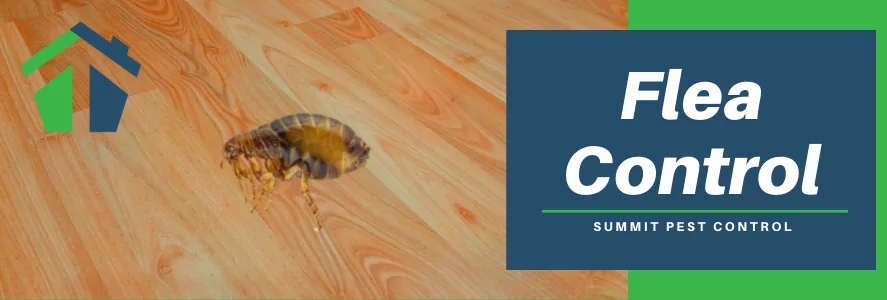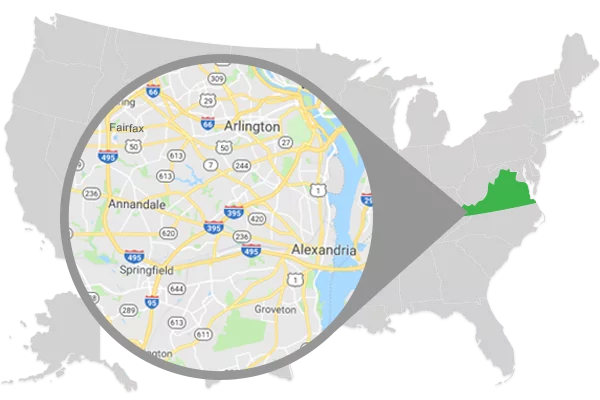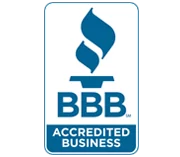
Flea Treatments in Northern Virginia
How to identify fleas
Fleas are small, flat, reddish-brown insects without wings. They’re only about ⅛ inch long, with thin bodies and large hind legs. They feed on the blood of mammals and birds and can consume up to 15 times their body weight in blood. There are about 2500 different species of fleas worldwide and over 325 species in the United States. Fleas are most commonly connected to mammals with about 94% being associated with mammals and a mere 6% associated with birds. Fleas are parasites and feed on the blood of either mammals or birds. The most common type of flea is called the cat flea, although there are other species of fleas like the dog, human or rat flea.
Why are fleas harmful?
Fleas are nuisance pests but can also be harmful to pets and even people. Fleas are most commonly associated with being carriers of the harmful disease known as the bubonic plague. Flea bites are annoying and can cause extreme irritation and in some cases anaphylaxis. Flea bites are easily identifiable, red spots with red halos. In people, the bites can cause hives, rashes and swelling around the bite or bites. If a person is allergic to flea bites and experiences anaphylaxis, their symptoms may include intense itching, a rash or hives in multiple locations on their bodies, shortness of breath and swelling of face, hands, mouth and lips.
How are fleas spread?
Fleas are spread by animals, especially wild animals such as raccoons and opossums. Fleas spread from animal to animal, bird to bird and animal to people. Contrary to popular belief, it isn’t very common to see fleas jumping from one animal to another. Instead, fleas spend a long time on pets and will move only occasionally. Fleas spread so quickly and become a challenge to remove because they will mate and lay eggs within a 24 hour time frame. Each time they mate, they lay anywhere from 40 to 50 eggs. The eggs can spread and fall into cushions, carpeting and other materials that the animal rests on, further increasing the spread of the fleas. Sometimes it can be difficult to know you have fleas because they are so small and can get into areas that aren’t often checked.
How do you know you have fleas?
The most common sign that you have a flea infestation is to see the fleas. Fleas will hop from furniture, drapery, and carpets and you can even sometimes see them jump on and off pets. Another sign of a fleas problem in your home is seeing flea bites on yourself. Flea bites, are unlike mosquito bites or that of any other biting insect and are easy to identify as flea bites. Finding flea feces in another way to know that you have a flea problem. Fleas deposit their feces into the fur of their host or the animal they’re getting blood from. The flea feces resembles pepper and is dark and small. Another way to know that there are fleas in your home is if you see your pets scratching themselves more than usual. Fleas bites are irritating and itchy and pets will scratch to try to alleviate the irritation. A way to confirm fleas on pets is to use a flea comb, the flea comb will pull the fleas from your pet and show up on the teeth of the comb. If you notice you are having a flea problem in your home, it’s important to address the situation and resolve the issue. No one wants to be bit by fleas, so the best thing to do is to treat the home for the fleas.
Treating homes from fleas
In order to treat the home for fleas, you must identify the source. Most of the time if there are fleas in the home, they were brought inside by pets or people. If there are animals living in the home, they should be regularly treated with flea preventative, either in a pill form or a topical ointment form, prescribed by their veterinarian. In addition to treating the source of the fleas, it’s crucial to treat the home and kill the fleas and their eggs. Fleas will continue to reproduce and live in your home, if they aren’t treated properly. The best and most effective way for flea removal is to hire a professional pest control company. Professional companies have access to professional-grade chemicals that will work more efficiently and effectively than anything for personal use. Pest control technicians are also trained and licensed and will come up with the best resolution for your flea problem. In Northern Virginia and the surrounding areas, Summit is the best choice for a de-flea treatment. In addition to the de-flea treatment, routine maintenance and upkeep to prevent the fleas from re-entering your home is imperative.
Flea Preventatives
Some tips for preventing fleas in the home are to keep the home clean by vacuuming, washing bedding and other materials that may have fleas or flea eggs on them. Fleas very seldom will be in or on places other than their hosts, but from time to time they will get into or onto the various materials. Keeping a home tidy is necessary for flea prevention especially if you have pets that spend time outside or in kennels or get groomed regularly. Another important step is to maintain a de-flea program. When a de-flea program is started in a home, it may be effective after one thorough treatment, but occasionally it may take more than one treatment based on the severity of the situation. Once the treatment is over, we offer a 30 day warranty on the treatment and will come back do an additional treatment if necessary. De-flea programs are priced for one room, but most often you will need to have the entire home treated to ensure the fleas and the area are removed most effectively. For more information about fleas and our de-flea program or to schedule a free estimate, contact us today.












